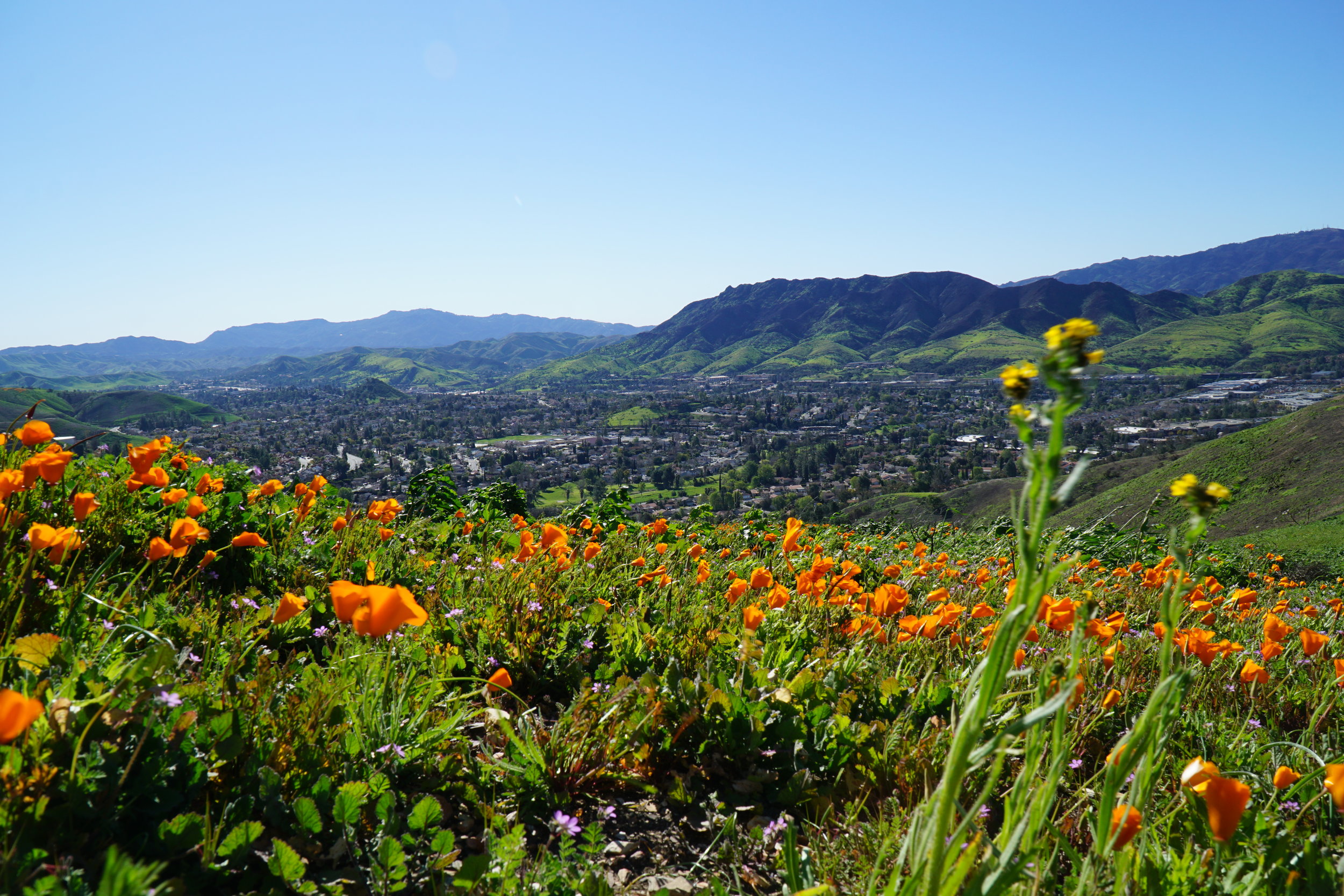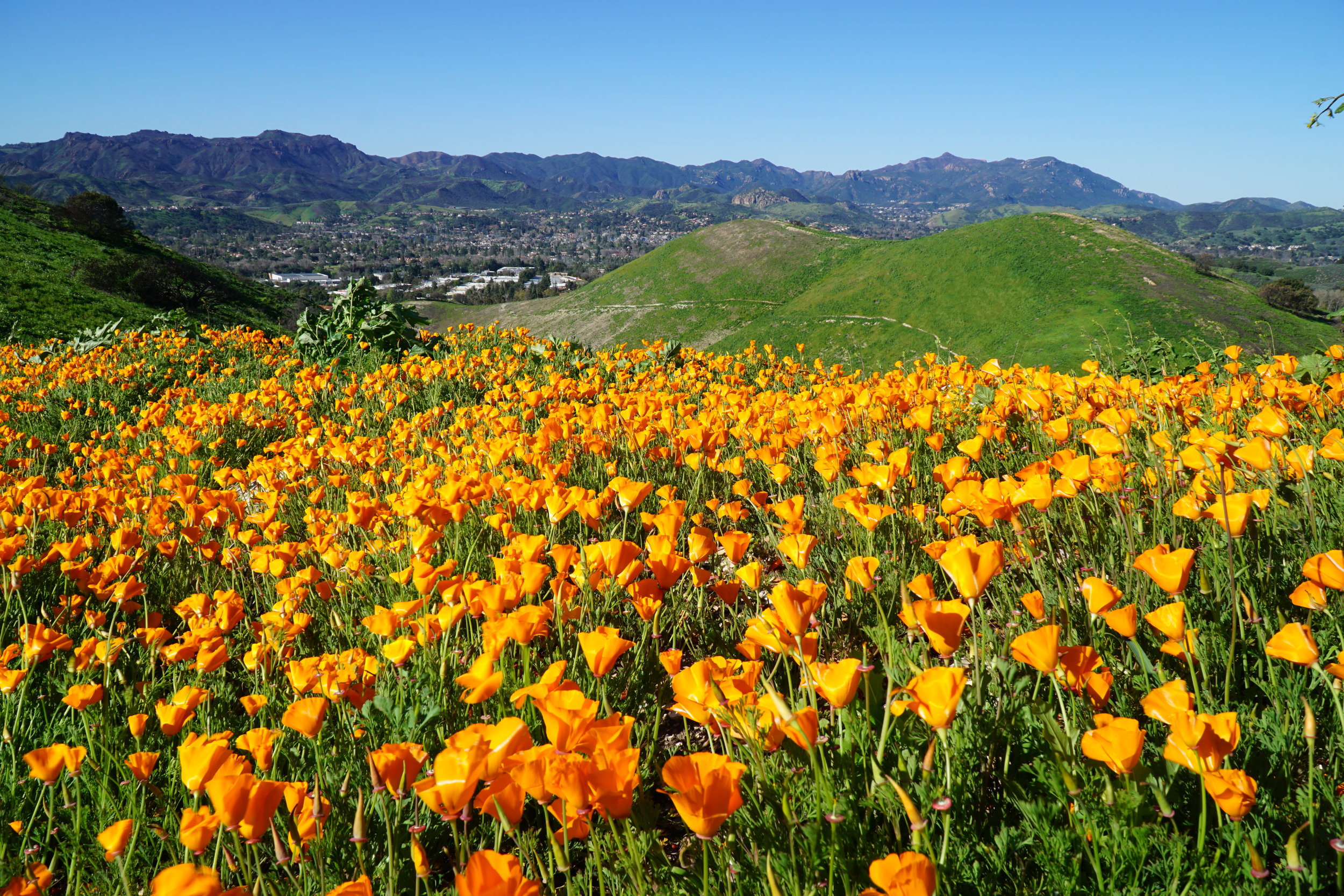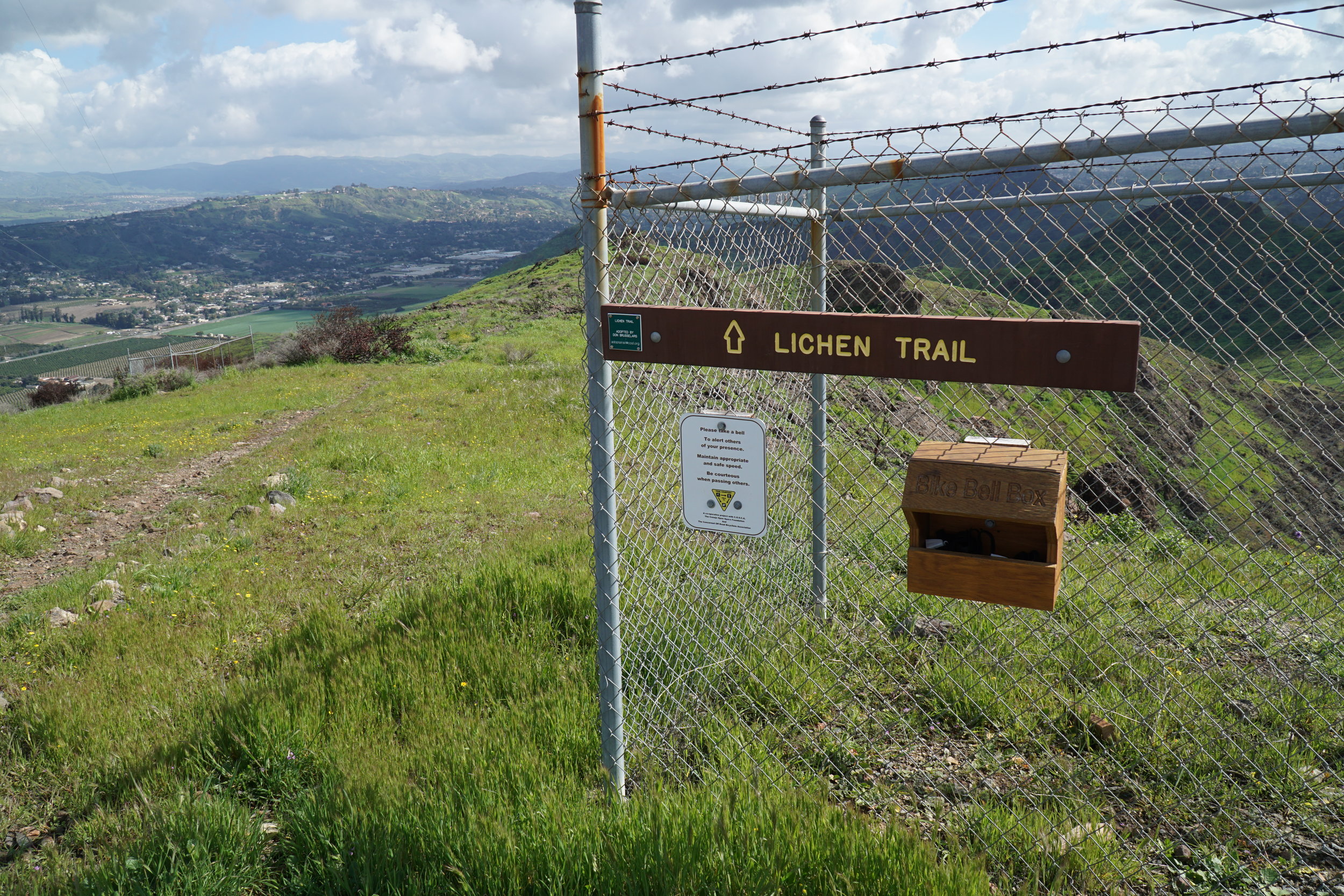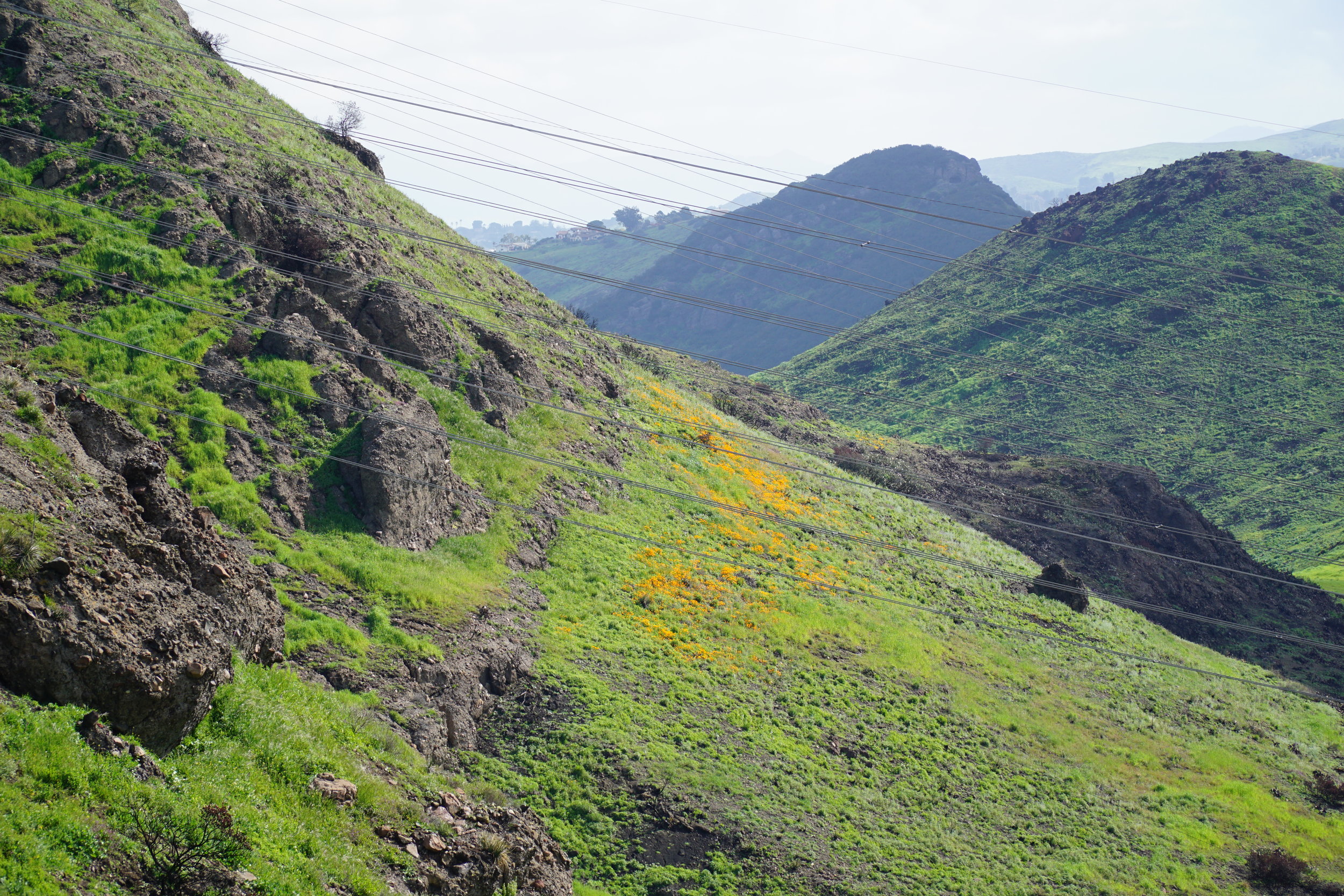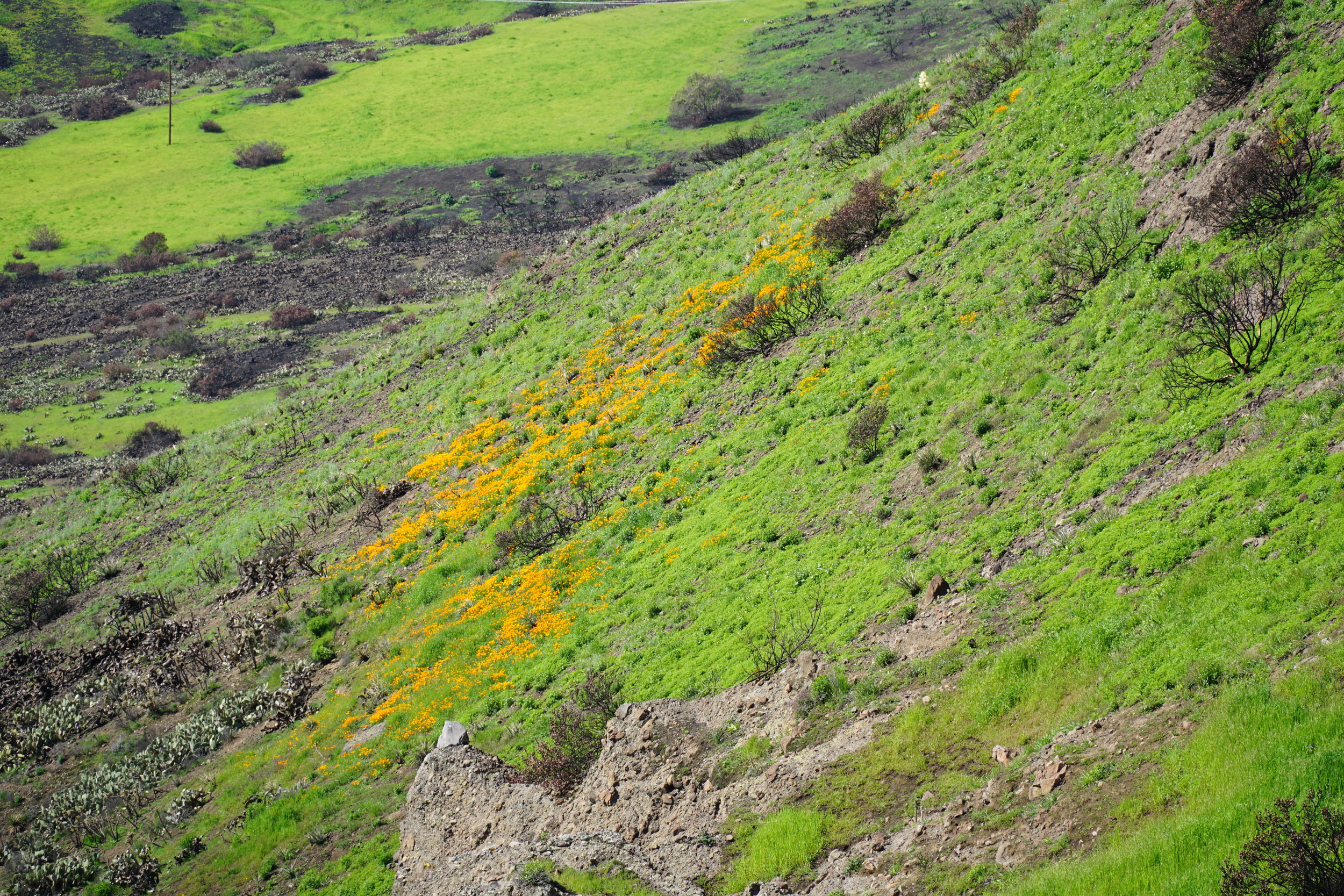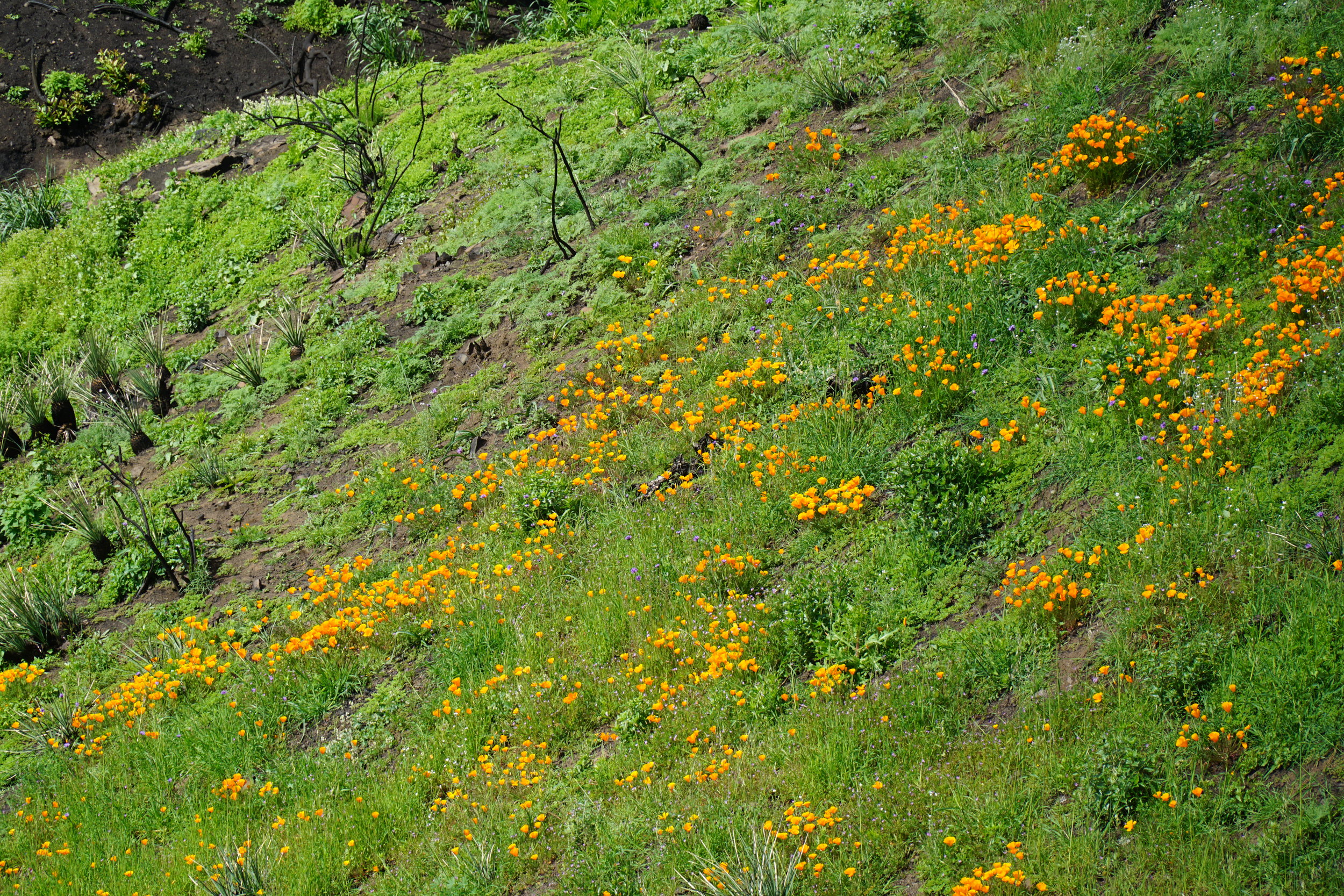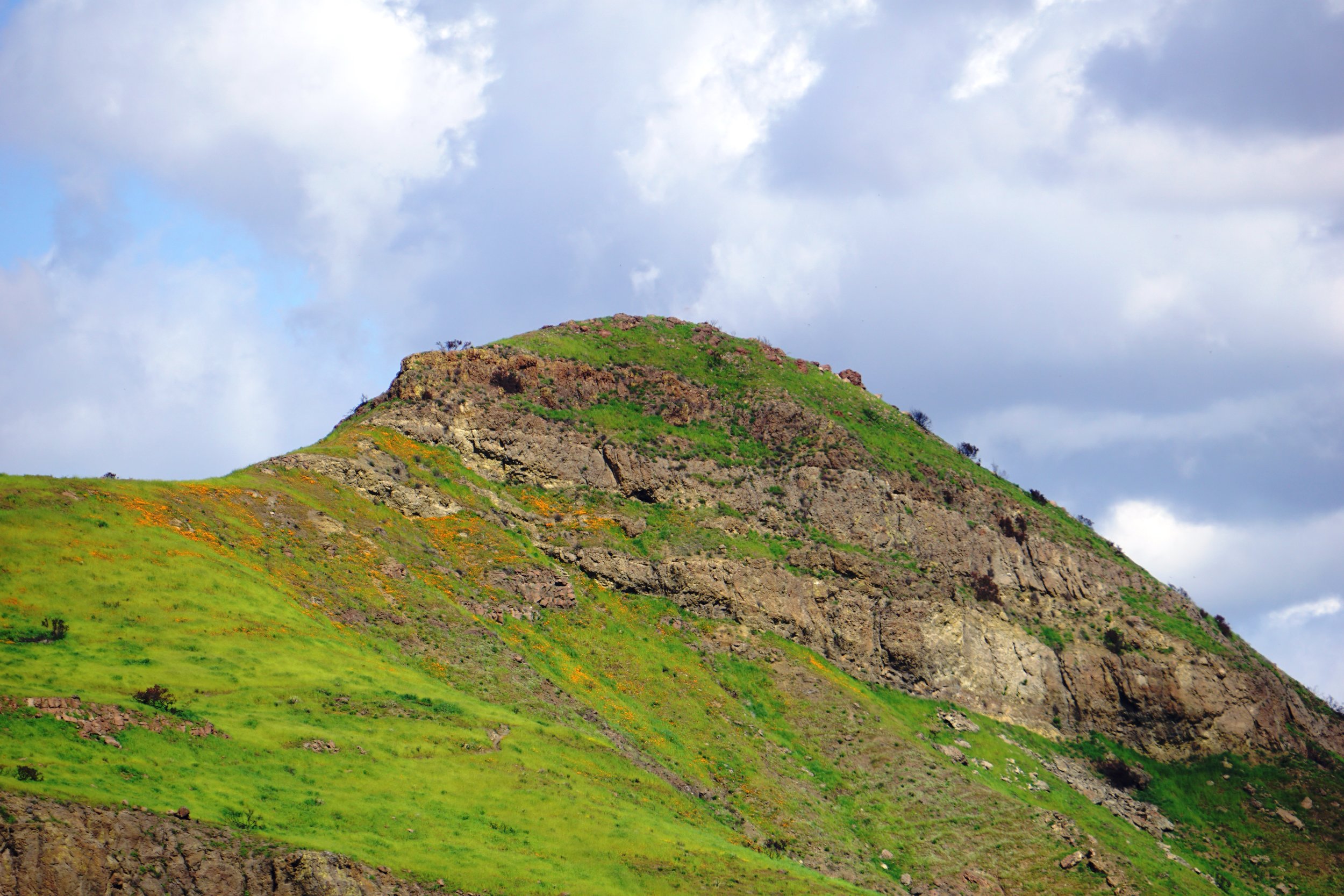Each year, hundreds of bicyclists in California are involved in a collision with a motor vehicle. Here are some important facts bicyclists and motorists should know.
California vehicle code section 21202(a): Any person operating a bicycle upon a roadway at a speed less than the normal speed of traffic moving in the same direction at the same time shall ride as close as practicable to the right-hand curb or edge of the roadway.
A bicycle ridden at night must be equipped with a lamp emitting a white light. There must also be a red reflector on the rear of the bicycle that must be visible from 500 feet when directly in front of a motor vehicle whose headlights are on.
Riders under the age of 18 must wear a helmet at all times. All riders, regardless of age, should wear a helmet at all times to reduce injuries.
No person shall drive a motor vehicle in a bicycle lane established on a roadway except to park where parking is permitted, to enter or leave the roadway, or to prepare for a turn within a distance of 200 feet from the intersection.
Bicyclists must travel on the right side of the roadway in the direction of traffic, except when passing, making a legal left turn, riding on a one-way street, riding on a road that is too narrow, or when the right side of the road is closed due to road construction. (CVC 21650.)
Handlebars must not be higher than the rider's shoulders. (CVC 21201(b))
A driver of a motor vehicle shall not overtake or pass a bicycle proceeding in the same direction on a highway at a distance of less than three feet between any part of the motor vehicle and any part of the bicycle or its operator. (CVC 21760(c))
Bicyclists must obey the rules of the road because they travel along the roadway with other motorists. It is important to note drivers and bicyclists must share the road. When making turning movements in a car or on a bike, use caution, be seen (appropriate lighting after dark) and be predictable.


